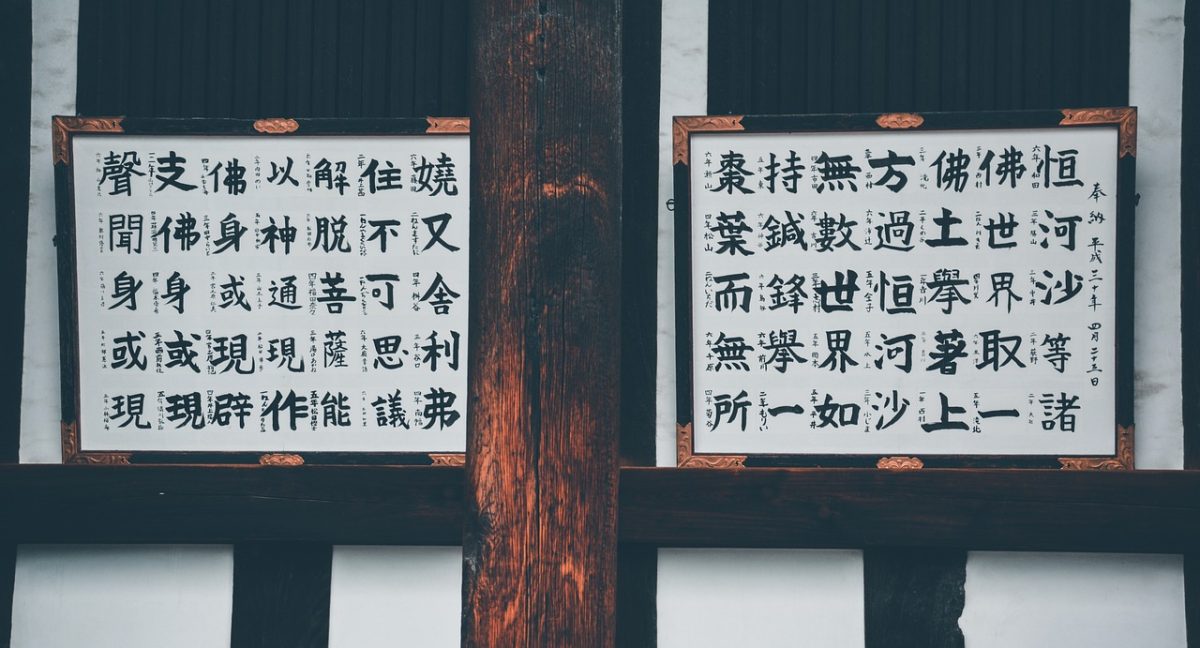With over 1.1 billion speakers worldwide, Mandarin is the second most spoken language behind English. Despite its widespread use, the curriculum at PV still only offers French and Spanish as primary languages – something which should change to include Mandarin.
Mandarin derives from Ancient Chinese, with the first records of early Mandarin documented between the 10th and 14th century. Today, it is the official language of China and Taiwan and one of Singapore’s four official languages.
The traditional language doesn’t have letters, instead, it uses a system of over 50,000 characters that convey different meanings. While a more modern system called Pinyin provides an alphabet for all of these characters, the sheer scale of the language gives its learners an appreciation for its culture and history grounded in China.
Some PV students have expressed interest in Mandarin for these more non-practical reasons. “I don’t really take a language for a practical application. I just like learning about new cultures and understanding different dialects around the globe,” stated senior Walker Hegstrom.
In the past decade, Mandarin has gained traction on the global stage, becoming an important language in both trade and political applications. Its prominence in the education field and language-learning market continues to grow too, with the language-learning market projected to reach $337.2 billion by 2032. In 2024, fluency in Mandarin is considered one of the most lucrative skills to have when considering the trade networks and economic opportunities between the United States and China.
“It could really open up opportunities for someone who was interested in a job field that requires multiple languages. Plus, it has got to be fun for travelers to converse with the locals” said junior Harjeevan Singh.
The language also provides a considerable challenge for those who would take the class. For those who are accustomed to Latin alphabets and languages, the vast array of characters and pronunciations can seem intimidating at first. Additionally, learning to speak Mandarin can become complicated due to certain words having multiple meanings depending on one’s vocal inflection.
Senior Wenjun Pan speaks Mandarin and expressed his thoughts on how students might be interested in learning the language. “It can be hard at times, especially with learning how to converse with others. I think students would find a nice challenge in it, though, and would like hearing about cultures from the different countries in which Mandarin is spoken,” he said.
For PV students who are interested in learning a new language besides French or Spanish, Mandarin could be an option. Currently, high schools across 32 states offer Mandarin “immersion” programs, which allow students to take a deep dive into both the language itself and the culture behind it. If PV has the interest and student base to support one of these programs, students would greatly benefit from its addition to the world language department.









